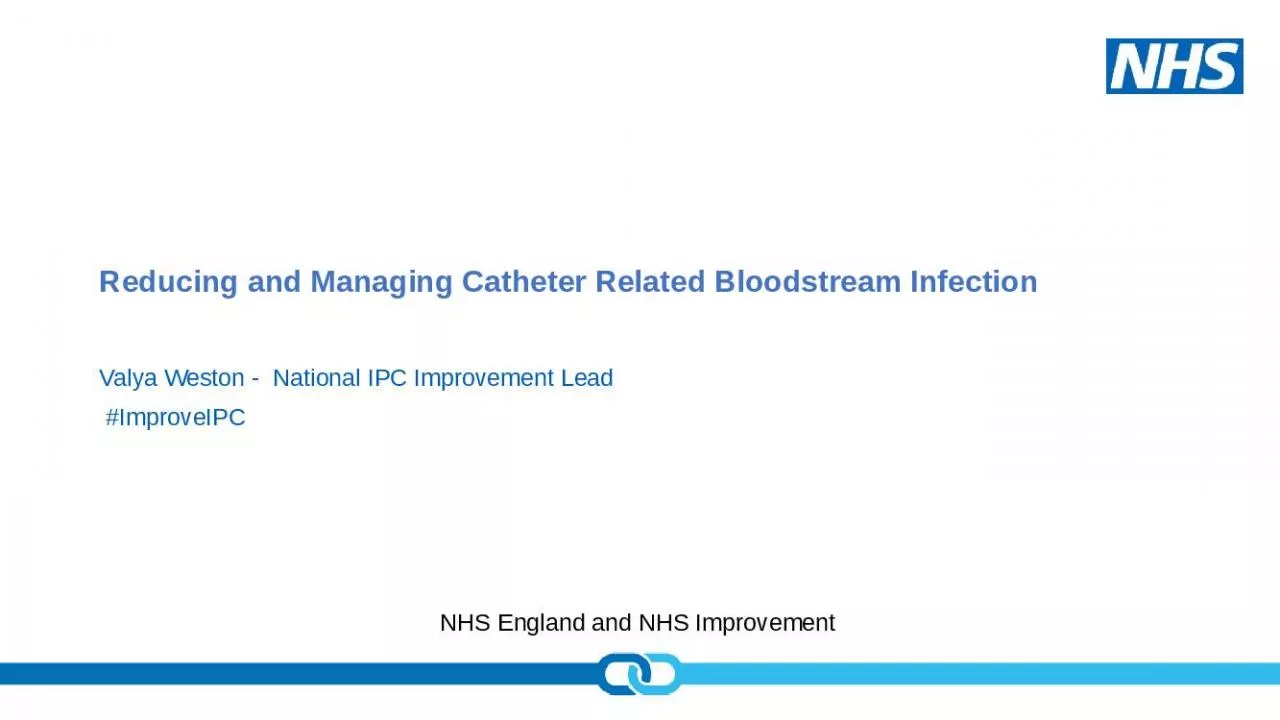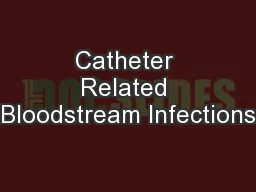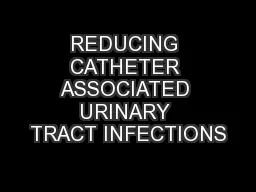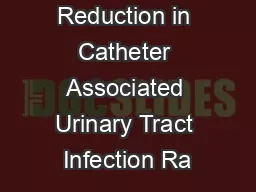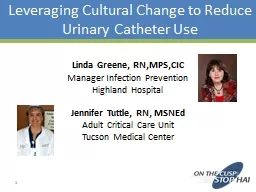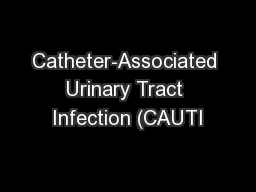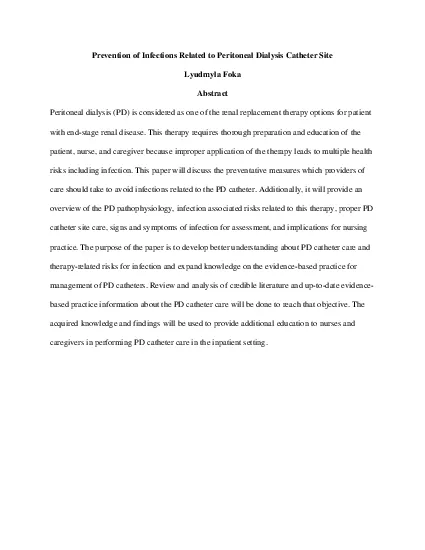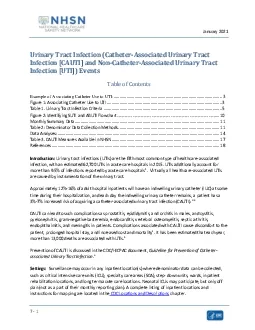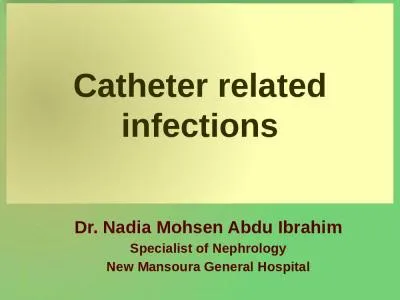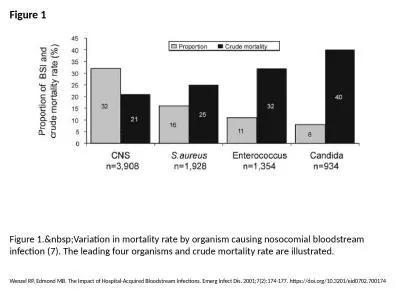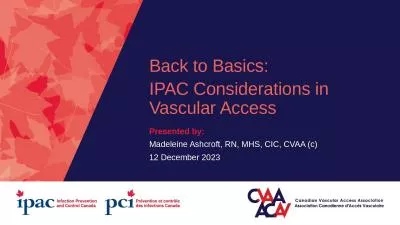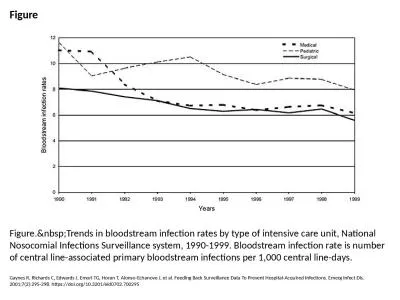PPT-Reducing and Managing Catheter Related Bloodstream Infection
Author : lawson | Published Date : 2024-09-18
Valya Weston National IPC Improvement Lead ImproveIPC National Drivers NHS Long Term Plan As medicine advances health needs change and society develops the NHS
Presentation Embed Code
Download Presentation
Download Presentation The PPT/PDF document "Reducing and Managing Catheter Related B..." is the property of its rightful owner. Permission is granted to download and print the materials on this website for personal, non-commercial use only, and to display it on your personal computer provided you do not modify the materials and that you retain all copyright notices contained in the materials. By downloading content from our website, you accept the terms of this agreement.
Reducing and Managing Catheter Related Bloodstream Infection: Transcript
Download Rules Of Document
"Reducing and Managing Catheter Related Bloodstream Infection"The content belongs to its owner. You may download and print it for personal use, without modification, and keep all copyright notices. By downloading, you agree to these terms.
Related Documents

